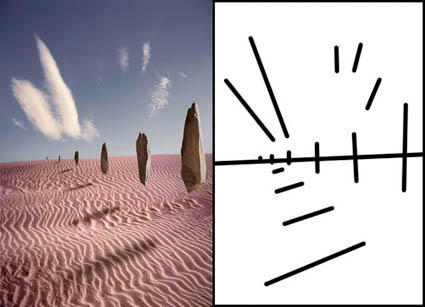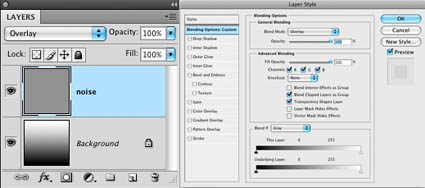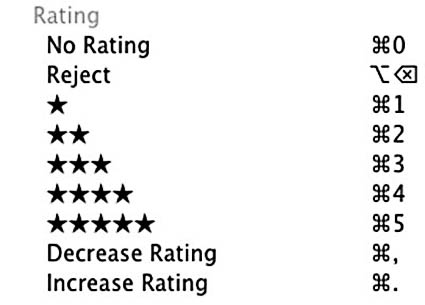
“How do you define something? One classic strategy is to let the dictionary define it for you. The Oxford English Dictionary defines composition in the following ways …
… the act of combining; forming relationships (between things); synthesis; reasoning from the universal to the particular; combining arithmetical factors, ratios, forces, elements to produce a compound; chemical combination; combining words and sentences to produce a literary work; combining sounds to produce a musical work; settling differences or an agreement; arrangement; constitution of mind and/or body or both; a creation shared by individual parts; union; aggregate; mixture; structure; design …
This paraphrases a more than one page definition. Reproducing the full version would be tedious. But I recommend you take a glance at the full definition to get a sense of how wide ranging the many definitions contained in this one entry are, which are used by many disciplines yet still related.
For the visual artist we could settle on a working definition, a simple statement that could be useful. Composition is the act of combining graphic elements to create a visual structure or it’s the product generated by this act. That suffices. That’s useful. But, while it’s useful to settle this, it would also be useful not to settle this issue definitively. The tension set up by continuing to consider all of the ambiguities, contradictions, connections, and unanswered questions will lead to some marvelous insights. For this very reason, I recommend you settle on your own working definition. And then continue to refine it. Because, rather than settling it definitively, by continuing to work with the question you’ll benefit even more …”
“You can see the fundamental structures present and visual dynamics at work in your images by reducing the wealth of information found in photographs. You can use Photoshop to do this in countless ways. Here are a few …”
Read more on Luminous Landscape. Click here.
Learn more about composition in my field workshops.
6/12-15 – Along the Waterline
8/9-15 – Iceland
10/16-19 – Fall Foliage




